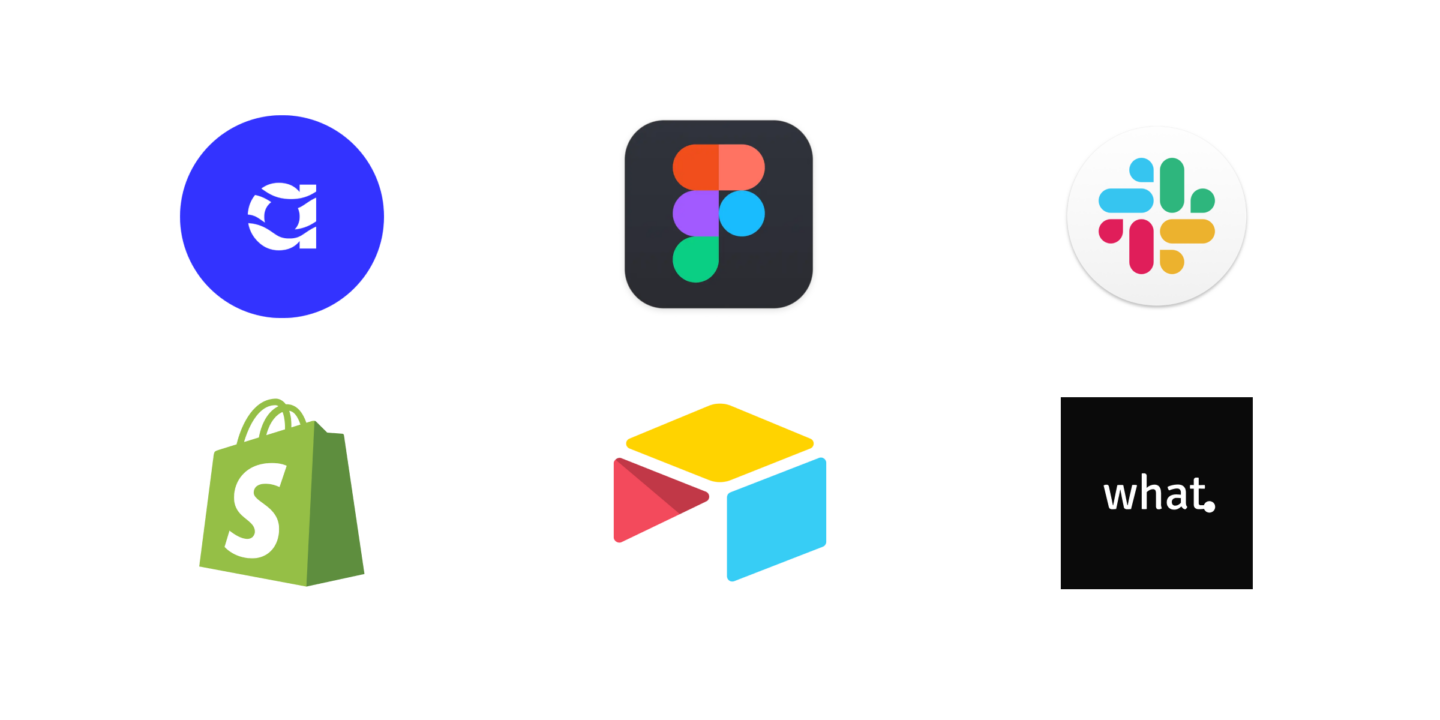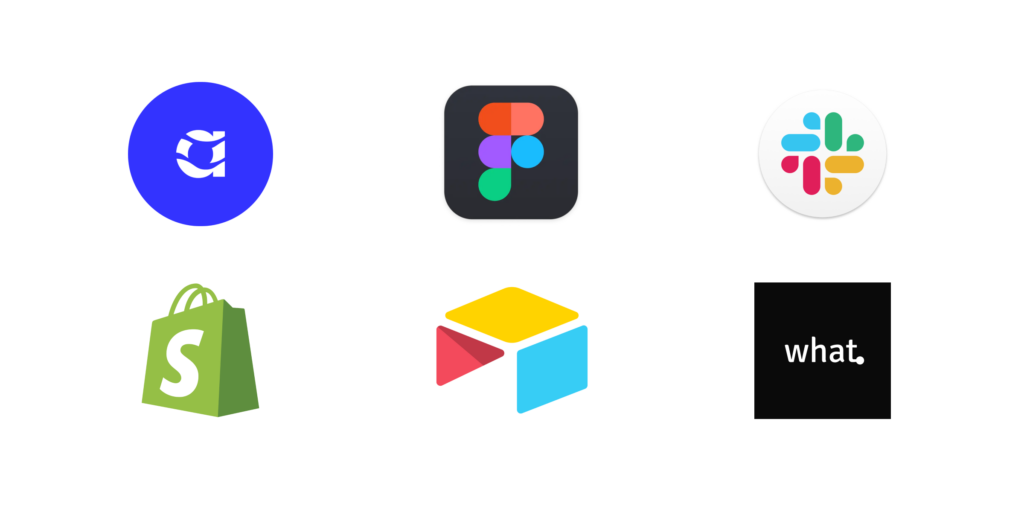

When deciding on how to launch a new product or enter a new market, startups tend to adopt either the more traditional, resource-intensive strategy, or the sales-led strategy. There is, however, a third way where the product itself becomes the main sales and marketing tool.
What is the right go-to-market strategy for a startup?
Most startups opt for one of the two conventional go-to-market strategies. In the ecommerce context, the strategy relies on communication and marketing, which typically leads to high budgets invested in building awareness, sparking interest and finally generating sales. The B2B startups apply ‘sales-led’ go-to-market strategies, which requires lead generation and, ultimately, it results in someone talking to the customer to sell the product. Product Led Growth (PLG) companies put the product at the centre of all sales efforts and the product itself becomes the key lead or sales magnet. They educate and convert buyers with the product itself.
Figma case study
Figma, acquired by Adobe for $20 billion, implemented the PLG strategy by making its collaborative design software available to designers, while offering premium features and increased collaboration capabilities for larger enterprises through paid plans. The large user base of individual designers fuelled the expansion of usage and drove upsells within their organisations – without sales agents.
Limitations of the conventional methods
87% of adults are annoyed by social media advertising, both in business and private settings. As investments in online media increase, engagement with online ads drops. This means marketing is getting more expensive. Moreover, research shows that all types of buyers prefer to self-educate rather than learn from the sales representatives.
Advantages of PLG as the Go-To-Market strategy
#1 Creating a better product becomes the priority – As Paul Graham put it “The more it costs to sell you something, the more it will cost you to buy it.” PLG companies put all their efforts to improve the product, which is ultimately what matters most to the end consumer.
#2 More engaged customers – PLG is a bottom up approach, where users educate themselves and decide independently if they want to use the product. This creates a closer alignment and engagement from the beginning of their experience and they are less likely to abandon the product.
#3 Better user experience – Prospects and potential customers receive value quickly, as they are able to experience a key outcome of the product without any assistance. Rather than focusing on content consumption or marketing, in PLG the only focus is to reduce the friction in the user experience from the start.
#4 Lower investment in sales & marketing – PLG companies operate a leaner marketing and sales operation, their mindset is focused on the product and not on paying for brand awareness or leads.
New types of buyers welcome PLG
The evolution of customer behaviour means that customers no longer have to rely on the official marketing materials, sales reps or brands to educate themselves. Brands have less control over how customers receive information about their products. Organisations have to feed in PLG principles in order to create an efficient inbound sales funnel, which isn’t purely dominated by the centralised marketing communication or sales machine.
“Whilst the PLG playbook is still being written and there is no ‘one size fits all’ solution, we’ve successfully applied PLG principles to all companies. PLG doesn’t replace sales led or conventional marketing, but it enhances the funnel to adapt to the new reality. We continue to experiment and innovate to find the right formulas for growth.” says Luke, Growth Lead, Founding Partner at what. AG
Companies applying PLG

what. AG is the leading Swiss growth and development company that has made the PLG approaches and principles one of its cornerstones. You can learn about our growth strategies and PLG on our website.